Written by: Elisa Veritti
The real cost of our smartphones.
For the production of microchips used in our everyday electronic devices a compound of columbite and tantalite called coltan is used. Coltan is a black mineral from which niobium and tantalum are extracted. Because of its hardness and excellent conductibility, coltan is an important constituent in the production of small electronic parts for electronic devices such as cell phones.The recent technology boom caused the price of coltan to skyrocket as companies struggled to meet the growing demand. Almost 80% of the world‘s deposits of coltan are located in the Democratic Republic of the Congo. Of course Coltan mining has environmental consequences: in order to mine for coltan, Congo's national parks have been over runned clearing out large portions of the area's lush forests. Coltan mining has caused devastating changes to Congo’s ecosystems. and Congo’s Basin rainforest is one of the world’s most threatened ecosystems because of the high deforestation rates. Vegetation is cleared out and trees are cut down to search for future mines. Once the mining operations begin it is extremely difficult to restore the areas back to normal due to water contamination and soil erosion. Therefore once these operations are over the land is rendered useless .The said forest is also home to nearly 270 species of animals, including the chimpanzee, the bonobo and the gorilla. Beacause of the high rate of deforestation, these animals have no where to live, hunt, or reproduce. Moreover, according to an investigation by Amnesty International children as young as seven are working in perilous conditions in the Democratic Republic of the Congo to mine coltan. These young children and adults are working in life-threatening conditions and subjected to violence, extortion and intimidation.


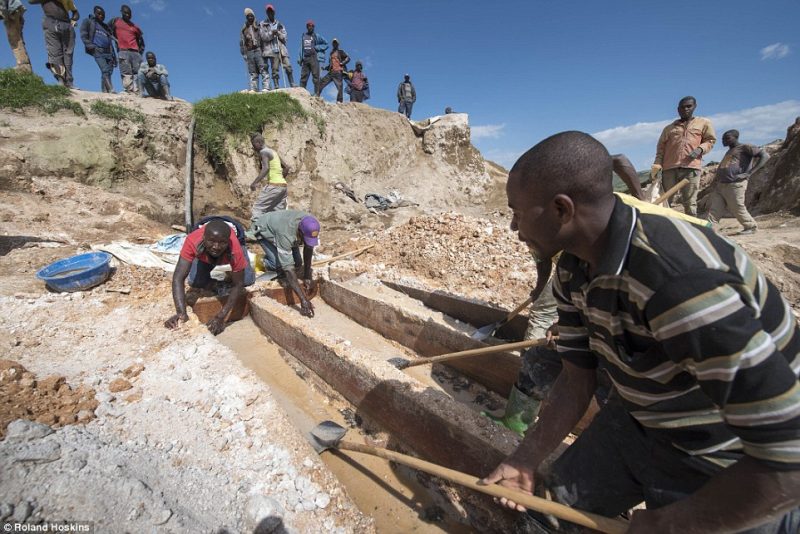
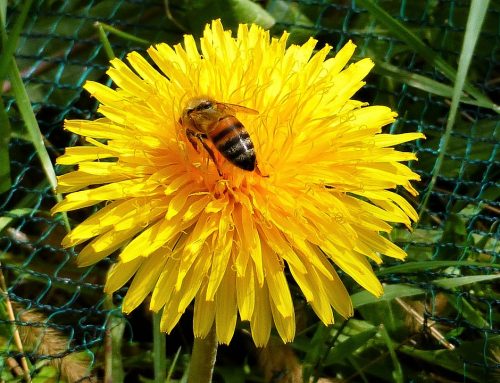


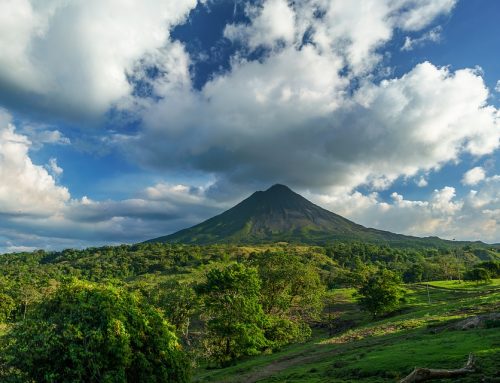
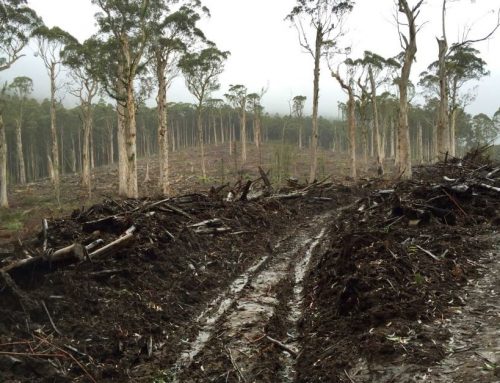
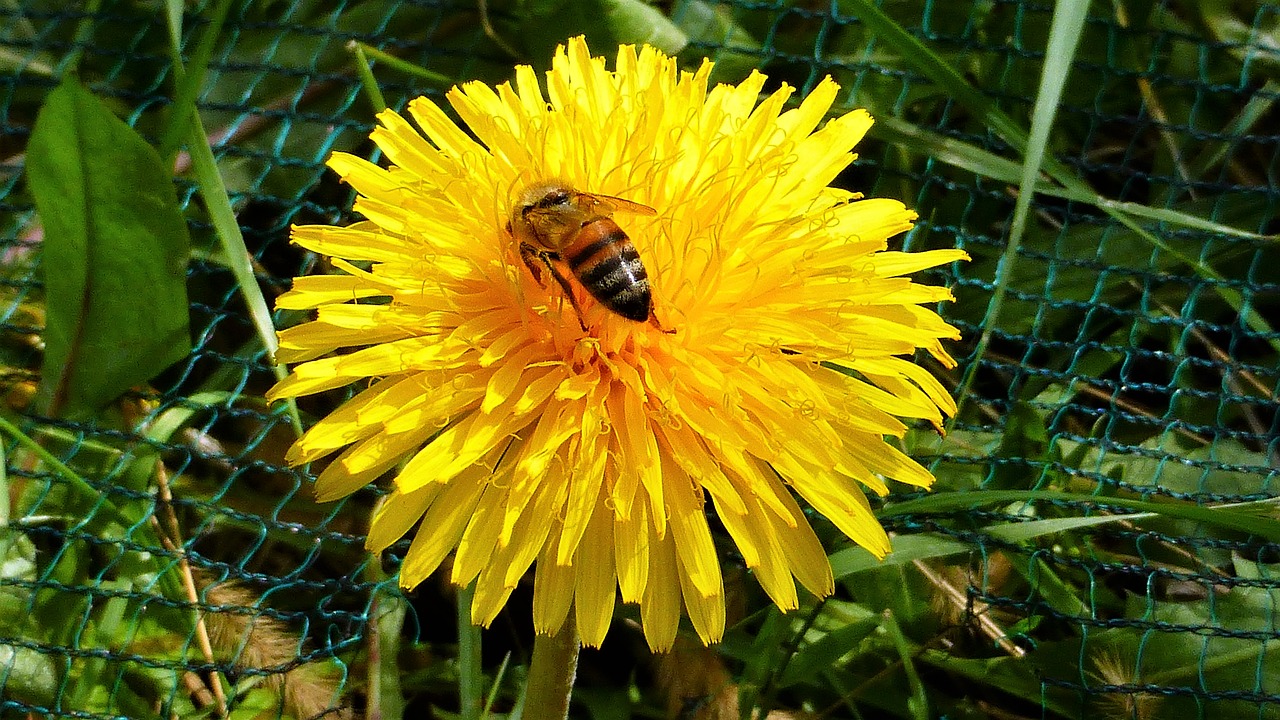


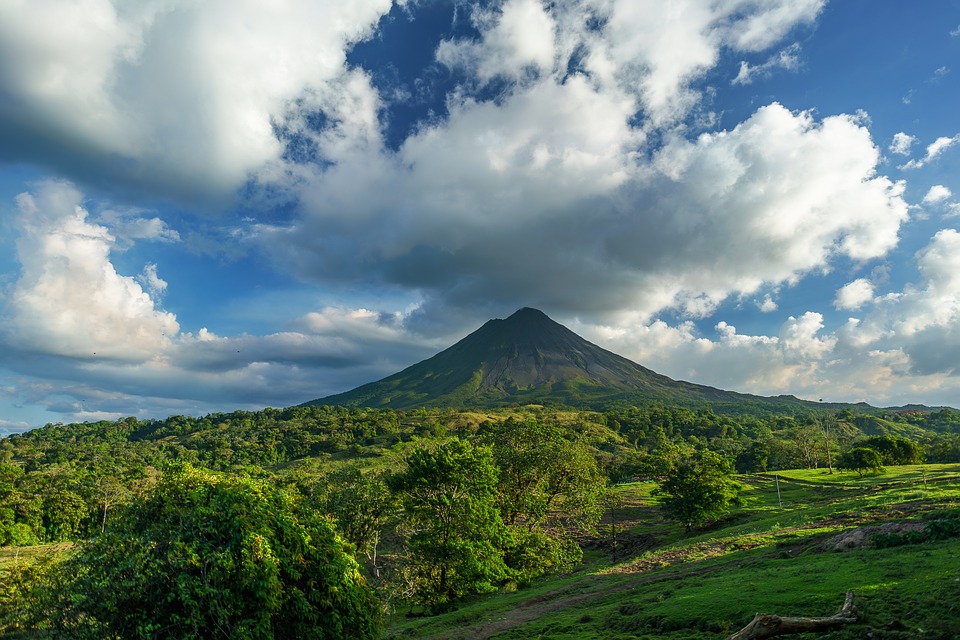
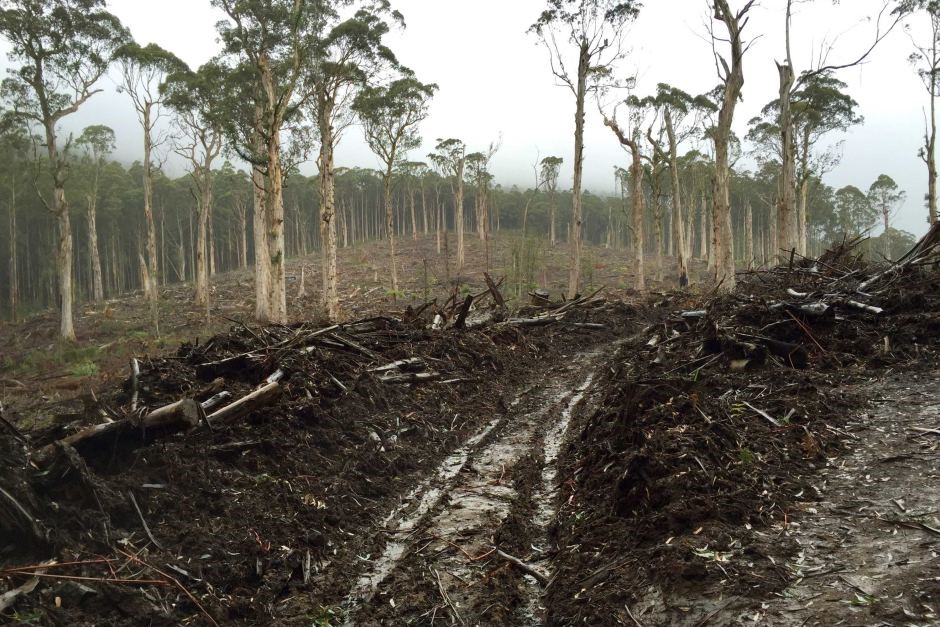
Home › Forums › The real cost of our smartphones.